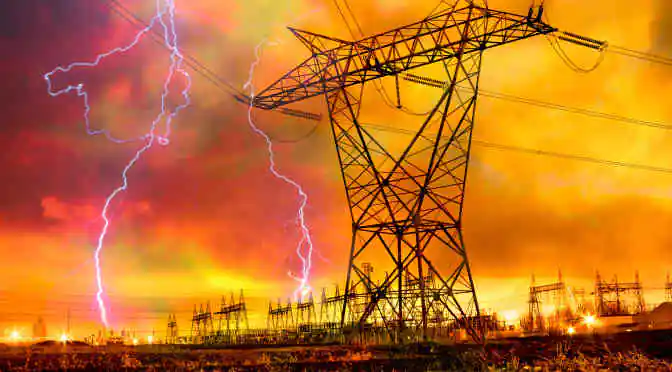A proton electrode membrane fuel cell (PEMFC) is a device that generates electricity by oxidizing electrolytes between two electrodes, an anode and a cathode.
The global PEMFC market is expected to experience major growth from 2014-2019, with a projected CAGR of 26.67 percent. This growth can be chalked up to a few key shifts in technology, which are making these advanced fuel cells a viable alternative.
Key drivers in the PEMFC market
Abundant energy sources
One of the most important factors driving the global PEMFC market is the fact that the energy sources used by stationary fuel cells are relatively abundant. Hydrogen, for instance, is frequently used by the cells. This is the lightest, most abundant chemical and the third most abundant element in the world, which makes running out of fuel virtually impossible.
Development of hydrogen infrastructure
In addition to the existing abundance of hydrogen, measures are being put in place to ensure the sustainability of hydrogen as an energy source, and development of hydrogen infrastructure is one of the major drivers in the global PEMFC market.
Currently, around 80 million tons of hydrogen are produced globally every year at a rate of $1.75/kg. In order to sustain the expected growth of the global fuel cell market, an additional 90 million tons of hydrogen needs to be produced annually. A huge amount of investment is being made to scale up hydrogen production capacity and also develop clean and CO2 emission-free hydrogen production technologies.
Advances in technology
Advances in technology over the years have led to growth in the use of PEMFCs in fuel cell electric vehicles and portable devices. Significant improvements have been made to increase the system energy density, which will boost the lifespan and performance of PEMFC devices, thereby enabling their use in portable applications like cellphones.
Big steps forward in tech in this field may result in the replacement of lithium-based batteries with PEMFCs and other types of fuel cells such as solid oxide fuel cells in the next few years.
‘Going Green’
Green energy generation is the method of using renewable resources as raw materials for making energy, which reduces harmful emissions. PEMFC energy generation and energy storage lead to a reduction in GHG emissions because PEMFCs use hydrogen, not carbon, for electricity generation or storage.
Reduction in CO2 emissions and increased economic benefits
The installation of stationary PEMFC devices reduces CO2 emissions, and the economic benefits obtained from installing PEMFCs act as a major motivation for rising investment in the PEMFC industry. Installation of fuel cells has already enabled the cogeneration of 1.4 MW of electricity and 6.3 million BTU of heat in a Verizon call routing center in New York.
Alternatives to platinum catalyst
Platinum plays a key role in PEMFC technology. It is the primary material used to make the fuel cell and determines the cost of the product. This means that the long-term viability of PEMFC technology is based on the availability of platinum.
R&D efforts into finding substitute catalysts are underway, but platinum is still the preferred choice in PEMFC devices because of its stability under high temperatures, as well as in corrosive and acidic environments. However, an alternative developed by ACAL Energy replaces the cathode with a system similar to a redox flow battery, which eliminates the requirement for platinum in the cathode. Platinum is still required for the anode, but the ACAL Energy model reduces the cost of PEMFC devices by 25%.



